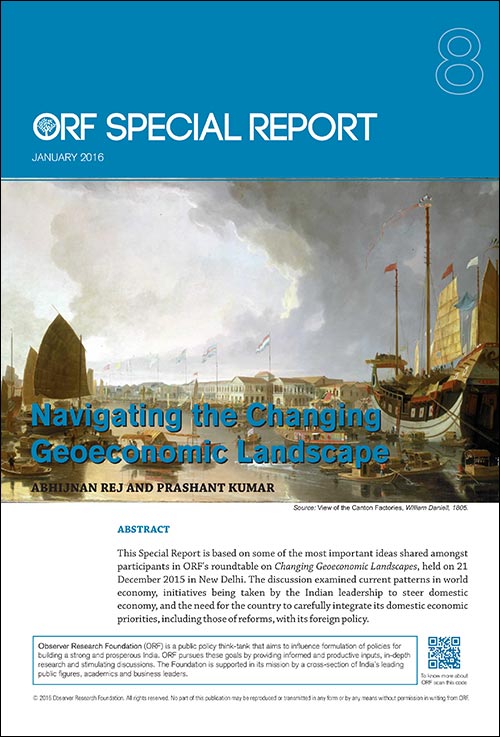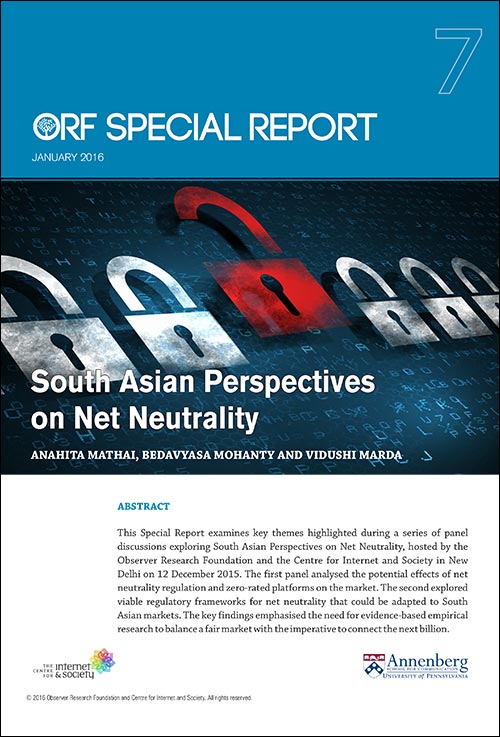
Since Henry Cavendish discovered hydrogen in 1766, its potential as an energy carrier has been widely discussed. In fact, as early as 1874, the famous novelist Jules Verne had prophesied that hydrogen would one day become a viable replacement for coal. A century and a half later, hydrogen has become a focal point in discussions about energy transitions, particularly for its potential to decarbonise challenging sectors such as heavy industry and long-haul transport.
Currently, hydrogen accounts for only 2.5 percent of total energy consumption, and nearly all of this—99 percent—is “grey” hydrogen, produced using fossil fuels. In contrast, green hydrogen is made through water electrolysis with power generated from renewable energy sources.
There is now a global push to expand hydrogen with over 40 countries implementing hydrogen strategies. Some exclusively prioritise green hydrogen, while others focus on cleaning up hydrogen production from fossil fuels using carbon capture technologies.
India has also jumped on this bandwagon with the announcement of its National Green Hydrogen Mission. In the first phase, the focus is on creating adequate supply capacity in India through incentives for electrolyser manufacturing and green hydrogen production with an expected financial outlay of INR 17,490 crores up to 2030. The primary goal is to lower the production costs of green hydrogen and bring about cost parity with grey hydrogen.
While supply-side incentives are a good starting point, a clear demand pipeline, even in the initial stages, will be important to direct large-scale investments to this sector and create the economies of scale needed to reduce the costs of green hydrogen.
While supply-side incentives are a good starting point, a clear demand pipeline, even in the initial stages, will be important to direct large-scale investments to this sector and create the economies of scale needed to reduce the costs of green hydrogen.
Domestic demand will, of course, be an important driver. Presently, India's consumption of hydrogen stands at 6.7 million tons, with 80 percent utilised in the fertiliser (ammonia) and refinery sectors. Approximately 90 percent of the hydrogen produced in India is for captive use, largely obtained from steam methane reformation using fossil fuels, resulting in a relatively small merchant market for hydrogen within the country. Considering the cost disparity where green hydrogen costs between US$ 4-6/kg compared to approximately US$ 2/kg for grey hydrogen, it seems improbable that entities with their own generation facilities will commit substantial investment in establishing green hydrogen infrastructure or seek it from the merchant market. There might be some experimentation, but large-scale demand generation is unlikely in the near term.
The other source of demand will be from new sectors such as steel, chemicals, and possibly transport. Yet, the technologies required to integrate hydrogen effectively within these sectors are predominantly in experimental phases, which may impede swift adoption rates in the near term.
Consequently, the export market could become a crucial driver for expanding local production, creating economies of scale, and reducing the costs of green hydrogen.
Consequently, the export market could become a crucial driver for expanding local production, creating economies of scale, and reducing the costs of green hydrogen.
Export opportunities in East Asia
Specifically, Japan and South Korea represent significant export opportunities for India in the green hydrogen sector. Several factors contribute to this potential. First, both countries face constraints in expanding renewable energy, which could drive up domestic production costs for green hydrogen. As a result, they will likely depend on imports to satisfy a substantial part of their domestic demand. This demand is expected to grow as heavy industries, particularly the steel sector, shift towards greener fuels. In Japan, hydrogen is also set to play a crucial role in the decarbonisation of transport, whereas Korea is increasingly looking to utilise hydrogen as a source of electricity.
Secondly, both nations have already demonstrated a willingness to encourage the use of green hydrogen, regardless of its origin. For instance, Japan recently enacted the Hydrogen Society Promotion Act, which allocates 3 trillion yen (approximately US$ 1.9 billion) in 15-year subsidies to support clean hydrogen initiatives. While full details are still awaited, initial reports suggest that developers will be able to claim these subsidies on top of any production subsidies in the country of production. This approach is very different from the strategies employed by most other nations with potentially high hydrogen demand. For instance, the Inflation Reduction Act in the United States (US) will provide unprecedented subsidies only for domestically-produced hydrogen.
Japan and Korea have also established a joint supply network for hydrogen and ammonia, marking a unique instance of collaboration between the two countries. Through this network, state-backed financial institutions aim to support companies in obtaining funding for hydrogen projects beyond their borders, with the ultimate goal of facilitating cost-effective imports. While the focus is on their traditional hydrogen markets in the US and the Middle East, there is an opportunity for India to engage more actively with this network and position itself as a competitive supplier of green hydrogen.
Third, given the considerable costs associated with storing and transporting hydrogen, East Asian markets offer a more viable destination for Indian green hydrogen exports compared to the distant markets of Europe and North America. Finally, India’s exclusive focus on green hydrogen is a strong differentiator. Many countries continue to focus on various forms of clean hydrogen which involve untested carbon capture technologies. This focus is viewed by many as a means for perpetuating the use of fossil fuels and delaying the growth of renewables. There is now increasing pressure on importing countries to focus only on renewables-based hydrogen. India could benefit from this movement if it can establish itself as the primary provider of green hydrogen.
There is now increasing pressure on importing countries to focus only on renewables-based hydrogen. India could benefit from this movement if it can establish itself as the primary provider of green hydrogen.
The interest from Japan and South Korea in the Indian market is already more than just rhetoric. For example, Japan's IHI Corporation has recently formalised an agreement with India's ACME for the supply of green ammonia from Odisha to Japan. Similarly, Singapore's Sembcorp Industries Ltd has partnered with two Japanese firms to explore exporting green hydrogen to Japan. Additionally, in March of this year, a delegation from India, including representatives from the Ministry of New and Renewable Energy (MNRE) and major Indian companies, visited South Korea to discuss bilateral ties concerning hydrogen and its derivatives.
Conclusion
Thus, there is a strong case for India to prioritise Japan and South Korea in India’s hydrogen strategy. To facilitate this, the Central government should implement a clear set of standards and regulations for green hydrogen trade that aligns with those in other countries of interest. The Green Hydrogen Mission also has a focus on setting up green hydrogen hubs across the country. Given that more than 50 percent of domestic hydrogen demand is concentrated in the Western region ,there could be a temptation to set up these hydrogen hubs exclusively in the West. However, there is a need for a more long-term vision which prioritises hubs on the East Coast that can help reduce transport costs to East Asia. The announcement of a green hydrogen hub in Tamil Nadu is a good start. Finally, there is a need to set up an international green hydrogen platform which brings together government and private sector stakeholders. This platform would actively promote green hydrogen opportunities in India and streamline the process for potential foreign investments into the country.
Promit Mookherjee is an Associate Fellow at the Observer Research Foundation.
The views expressed above belong to the author(s). ORF research and analyses now available on Telegram! Click here to access our curated content — blogs, longforms and interviews.




 PREV
PREV


